Description
Familiarity with treatment
A total body lift, also known as a circumferential body lift or a belt lipectomy, is a surgical procedure that addresses excess skin and tissue around the entire body. It is a more extensive procedure compared to an upper body lift, as it involves removing excess skin and tissue from the abdomen, back, buttocks, and thighs.
A total body lift is typically performed on individuals who have lost a significant amount of weight, either through diet and exercise or bariatric surgery, and have loose, sagging skin as a result. It is designed to improve the overall body contour and address multiple areas of concern in a single surgery.
During a total body lift, incisions are made around the waistline, allowing the surgeon to remove excess skin and tissue from the abdomen, back, buttocks, and thighs. The remaining skin is then lifted and tightened, creating a more toned and youthful appearance. Liposuction may also be performed to further contour the body and remove excess fat deposits.
The recovery process for a total body lift is typically longer and more involved compared to an upper body lift. Patients may experience swelling, bruising, and discomfort, which can be managed with pain medications and proper postoperative care. It is important to follow the surgeon’s instructions regarding wound care, activity restrictions, and wearing compression garments.
As with any surgical procedure, there are potential risks and complications associated with a total body lift, including infection, poor wound healing, bleeding, seroma formation, changes in sensation, asymmetry, and scarring. It is important to have a thorough consultation with a qualified plastic surgeon to determine if a total body lift is suitable for your specific needs and goals.
Overall, a total body lift can provide significant improvements in body contour and help individuals achieve a more proportionate and aesthetically pleasing appearance.
Who is it suitable for?
A total body lift is suitable for individuals who have lost a significant amount of weight and have excess skin and tissue around their entire body. It is commonly performed on individuals who have undergone significant weight loss through diet and exercise or bariatric surgery. The procedure is designed to address multiple areas of concern, including the abdomen, back, buttocks, and thighs.
Suitable candidates for a total body lift typically meet the following criteria:
- Significant weight loss: Individuals who have lost a substantial amount of weight and have excess skin and tissue as a result are good candidates for a total body lift. This excess skin can be a source of physical discomfort, hinder mobility, and affect body confidence.
- Stable weight: It is important for candidates to have reached a stable weight before considering a total body lift. This ensures that the results of the surgery will be long-lasting and that further weight loss or gain will not negatively impact the outcome.
- Good overall health: Candidates should be in good overall health and free from any medical conditions that could increase the risks associated with surgery. A thorough medical evaluation will be conducted to assess the individual’s health status and determine their suitability for the procedure.
- Realistic expectations: It is important for candidates to have realistic expectations about the results of a total body lift. While the procedure can significantly improve body contour and address excess skin, it is important to understand that it will leave permanent scars and that individual results may vary.
- Commitment to postoperative care: The recovery process after a total body lift can be lengthy and requires a commitment to following postoperative care instructions. Candidates should be prepared to adhere to wound care protocols, wear compression garments, and follow activity restrictions as advised by their surgeon.
Who is it not suitable for?
While a total body lift can provide significant improvements in body contour for many individuals, there are certain cases where it may not be suitable. Some factors that may make a person not suitable for a total body lift include:
- Poor overall health: Individuals with significant medical conditions, such as uncontrolled diabetes, heart disease, or compromised immune systems, may not be suitable candidates for surgery. It is important to be in good overall health to minimize the risks associated with the procedure.
- Obesity: If an individual is still significantly overweight or obese, it is generally recommended to reach a stable and healthy weight before considering a total body lift. This is because the surgery is most effective when excess weight has already been lost.
- Smoking: Smoking can impair the healing process and increase the risk of complications during and after surgery. It is typically advised to quit smoking before undergoing any surgical procedure, including a total body lift.
- Unrealistic expectations: It is important for individuals to have realistic expectations about the results of a total body lift. While the procedure can improve body contour and address excess skin, it cannot completely eliminate all imperfections or guarantee a specific outcome.
- Pregnancy or plans for future pregnancies: Women who are planning to become pregnant in the future may be advised to postpone a total body lift, as pregnancy can stretch the skin and reverse the effects of the surgery.
- Insufficient weight loss: If an individual has not lost a significant amount of weight or does not have excess skin and tissue, they may not be suitable candidates for a total body lift. The procedure is specifically designed to address excess skin and tissue after significant weight loss.
Advantages
There are several advantages to undergoing a total body lift surgery. Some of the key advantages include:
- Improved body contour: A total body lift can significantly improve the overall body contour by removing excess skin and tissue from multiple areas, including the abdomen, back, buttocks, and thighs. This can result in a more toned and proportionate appearance.
- Reduction of sagging skin: Individuals who have lost a significant amount of weight often have loose, sagging skin. A total body lift can address this excess skin, providing a smoother and more youthful appearance.
- Enhanced self-confidence: Excess skin and tissue can impact a person’s self-confidence and body image. By undergoing a total body lift, individuals can achieve a more aesthetically pleasing body contour, which can boost their self-confidence and improve their overall quality of life.
- Improved physical comfort: Excess skin and tissue can cause discomfort, irritation, and difficulty with mobility. A total body lift can alleviate these physical discomforts, allowing individuals to move more freely and comfortably.
- Clothing fit: Excess skin and tissue can make it challenging to find clothing that fits properly. After a total body lift, individuals often find that clothes fit better and feel more comfortable, allowing them to enjoy a wider range of clothing options.
- Long-lasting results: The results of a total body lift are generally long-lasting, especially when combined with a stable weight and a healthy lifestyle. While the natural aging process will continue, the improvements achieved through the surgery can be maintained for many years.
Complications
Like any surgical procedure, a total body lift carries potential risks and complications. It is important to be aware of these potential complications before undergoing the surgery. Some possible complications of a total body lift include:
- Infection: There is a risk of developing an infection at the incision sites. This can usually be treated with antibiotics, but in severe cases, additional surgical intervention may be required.
- Poor wound healing: Some individuals may experience delayed or poor wound healing, which can result in wound separation or the formation of thick, raised scars.
- Bleeding: Excessive bleeding during or after the surgery is a potential complication. In rare cases, it may require additional surgical intervention to control the bleeding.
- Seroma: A seroma is a collection of fluid that can accumulate under the skin after surgery. It may require drainage with a needle or additional surgical intervention.
- Numbness or changes in sensation: Temporary or permanent changes in sensation, including numbness or altered sensation, may occur in the treated areas. This is usually temporary but can be permanent in rare cases.
- Asymmetry: There is a possibility of uneven or asymmetrical results, where one side of the body may appear different from the other.
- Scarring: While efforts are made to minimize scarring, a total body lift will result in permanent scars. The extent and visibility of the scars can vary depending on individual healing and surgical techniques.
- Blood clots: There is a risk of developing blood clots, particularly in the legs (deep vein thrombosis). These clots can potentially travel to the lungs (pulmonary embolism), which can be life-threatening.
- Anesthesia risks: General anesthesia carries its own set of risks, including allergic reactions, respiratory problems, and adverse reactions to medications.
Preoperative care
Preoperative care refers to the steps and preparations taken before a surgical procedure to ensure the best possible outcome and minimize the risk of complications. It involves a combination of medical evaluations, lifestyle adjustments, and instructions provided by the surgical team. Here are some common aspects of preoperative care:
- Medical evaluation: Before the surgery, you will undergo a thorough medical evaluation. This may include a physical examination, review of your medical history, and possibly additional tests or consultations with specialists. The purpose is to assess your overall health and identify any pre-existing conditions that may affect the surgery or anesthesia.
- Medication review: Inform your surgical team about all the medications you are currently taking, including prescription medications, over-the-counter drugs, and supplements. Some medications may need to be adjusted or temporarily stopped before the surgery, especially those that can increase the risk of bleeding or interact with anesthesia.
- Fasting: Your surgical team will provide specific instructions regarding fasting before the surgery. This typically involves avoiding food and drink for a certain period of time before the procedure. Fasting is necessary to reduce the risk of aspiration during anesthesia.
- Smoking cessation: If you are a smoker, it is strongly advised to quit smoking before the surgery. Smoking can impair healing, increase the risk of complications, and interfere with anesthesia. Your surgical team may provide resources or support to help you quit smoking.
- Lifestyle adjustments: Your surgeon may recommend certain lifestyle adjustments before the surgery. This can include maintaining a healthy diet, staying hydrated, getting regular exercise, and managing stress. These adjustments can help optimize your overall health and improve your body’s ability to heal.
- Preoperative instructions: Your surgical team will provide you with specific instructions to follow in the days leading up to the surgery. This may include guidelines on showering with antibacterial soap, avoiding certain medications or supplements, and arranging for transportation to and from the surgical facility.
- Support system: It is important to have a support system in place before the surgery. This can include family members, friends, or caregivers who can assist you during the recovery period. Make sure to communicate your needs and expectations with your support system.
- Mental and emotional preparation: Undergoing surgery can be emotionally challenging. Take time to mentally prepare yourself for the procedure and discuss any concerns or anxieties with your surgical team. They can provide information and support to help alleviate your worries.
Postoperative care
Postoperative care refers to the steps and precautions taken after a surgical procedure to promote healing, manage pain, and minimize the risk of complications. The specific postoperative care instructions may vary depending on the type of surgery and individual circumstances. However, here are some general guidelines for postoperative care:
- Wound care: Follow your surgeon’s instructions on how to care for your incisions and dressings. This may include keeping the incision sites clean and dry, changing dressings as directed, and applying any prescribed ointments or creams. Report any signs of infection, such as increased redness, swelling, or drainage, to your surgeon.
- Pain management: Take prescribed pain medications as directed by your surgeon to manage postoperative pain. If you experience severe or persistent pain that is not relieved by the prescribed medications, contact your surgeon.
- Activity restrictions: Follow your surgeon’s guidelines on activity restrictions and limitations. Avoid strenuous activities, heavy lifting, and excessive bending or twisting during the initial recovery period. Gradually increase your activity level as advised by your surgeon.
- Compression garments: If recommended by your surgeon, wear compression garments as instructed. Compression garments can help reduce swelling, support the tissues, and improve healing. Follow the recommended duration and frequency of wearing the compression garments.
- Medications: Take any prescribed medications, such as antibiotics or anticoagulants, as directed by your surgeon. Follow the prescribed dosage and duration of medication. If you experience any adverse reactions or side effects, contact your surgeon.
- Follow-up appointments: Attend all scheduled follow-up appointments with your surgeon. These appointments allow your surgeon to monitor your healing progress, remove sutures or staples if necessary, and address any concerns or complications that may arise.
- Diet and hydration: Follow any dietary guidelines provided by your surgeon. Eat a nutritious diet to support healing and recovery. Stay hydrated by drinking an adequate amount of water unless otherwise instructed by your surgeon.
- Rest and sleep: Get plenty of rest and sleep to aid in the healing process. Follow your surgeon’s recommendations on sleeping positions and use pillows or cushions for support and comfort.
- Emotional support: Recovery from surgery can be physically and emotionally challenging. Seek support from family, friends, or support groups to help you through the recovery process. If you experience any emotional distress or have concerns, don’t hesitate to reach out to your surgeon or a mental health professional.
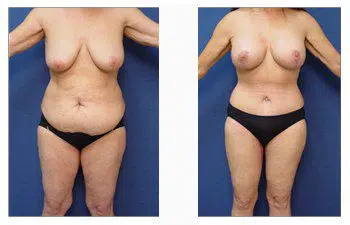
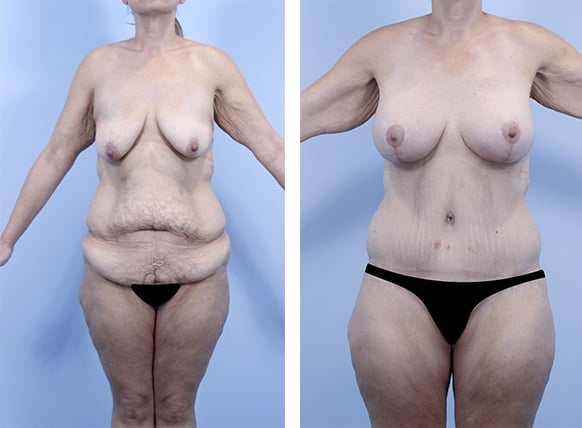
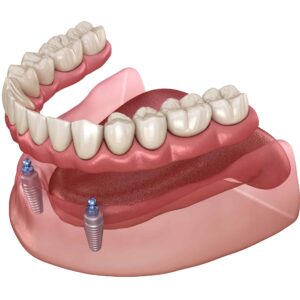
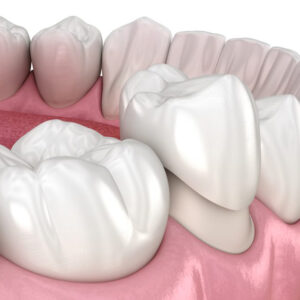
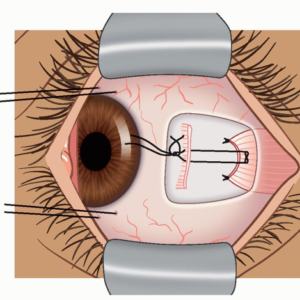


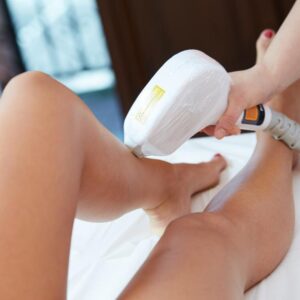
Reviews
There are no reviews yet.